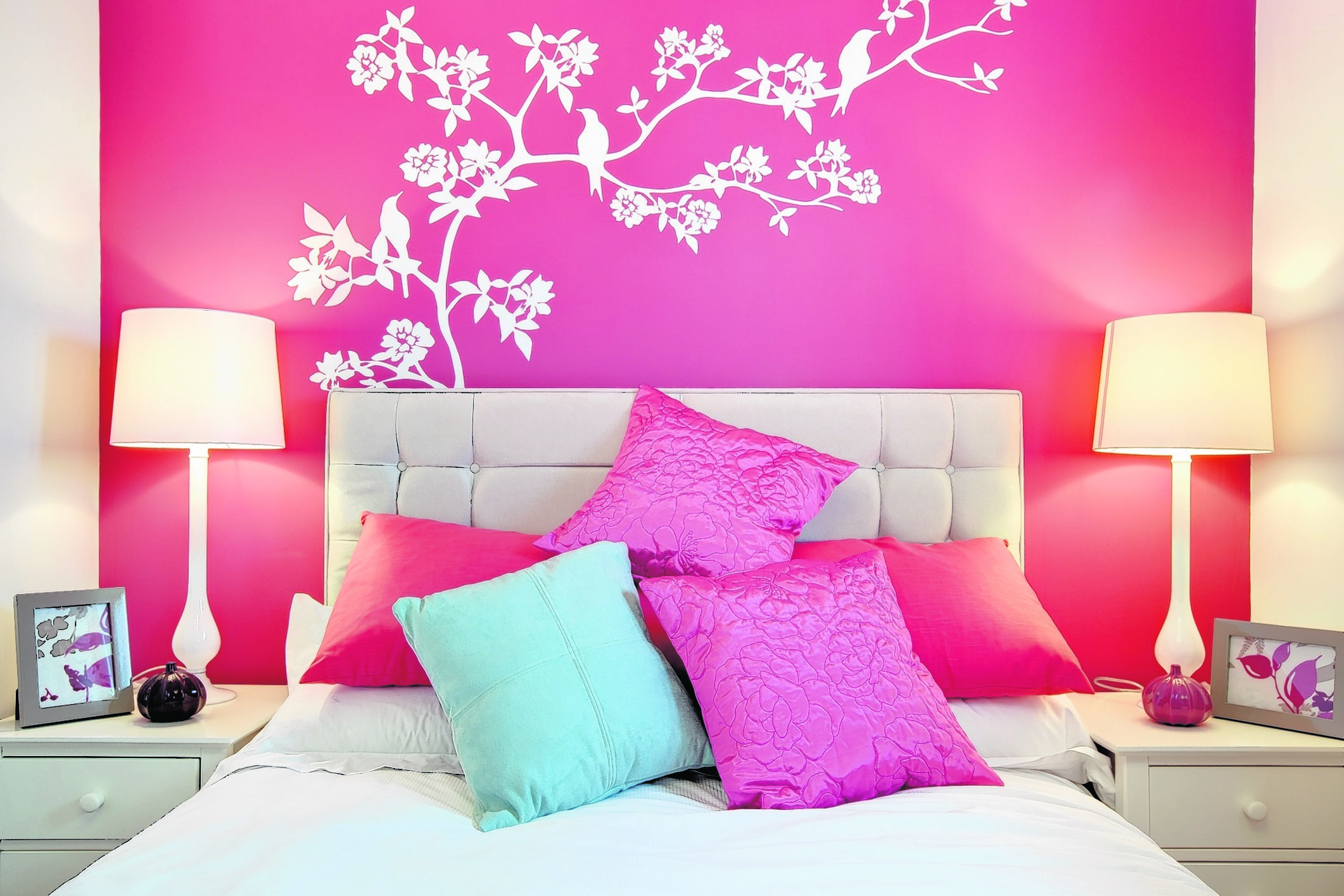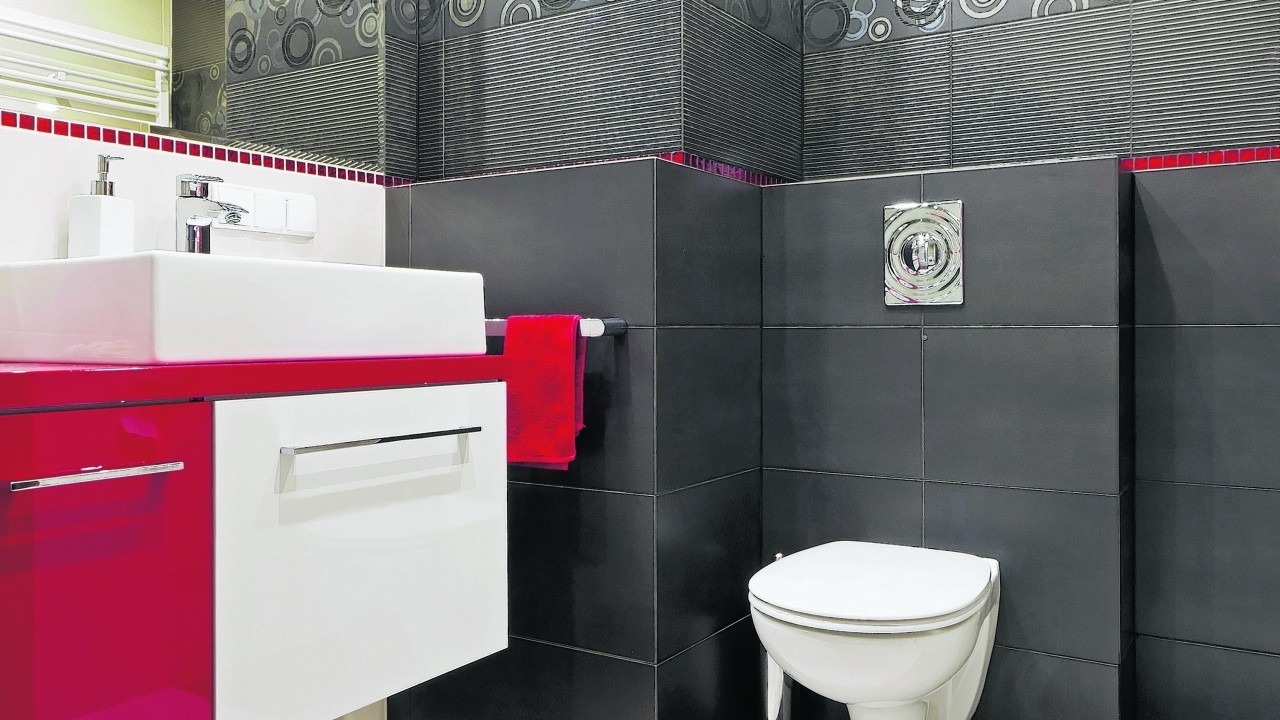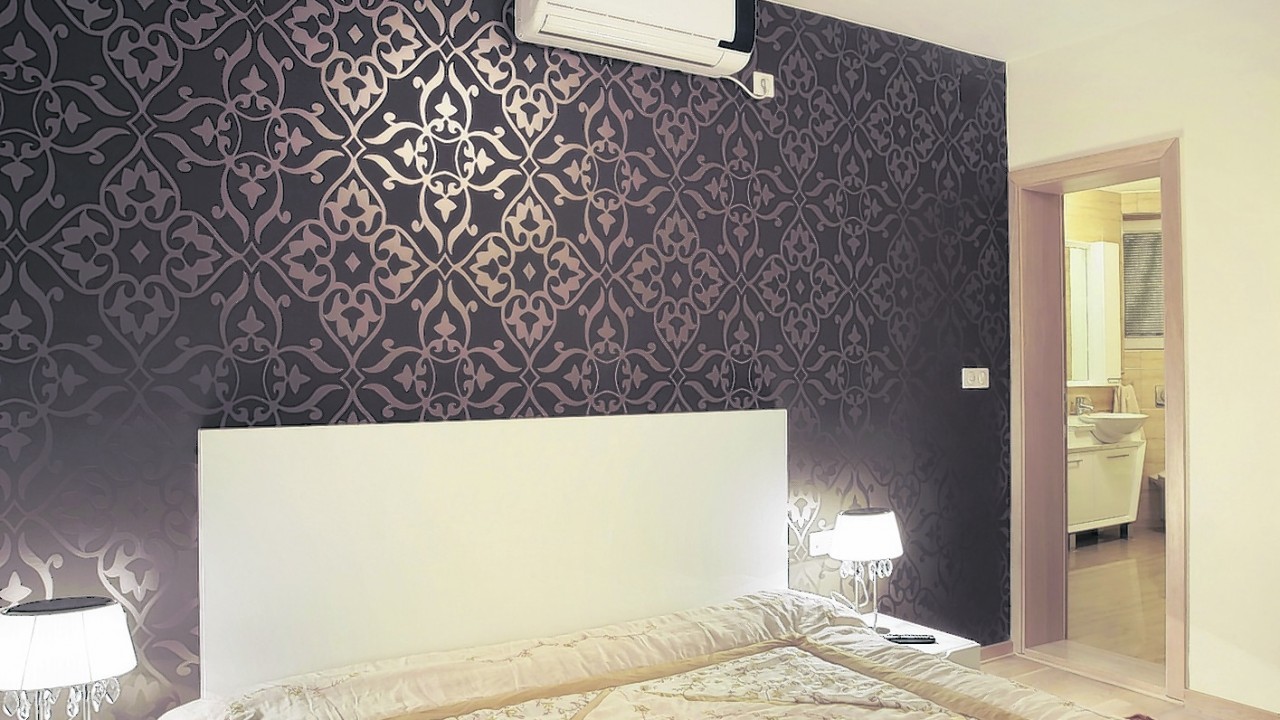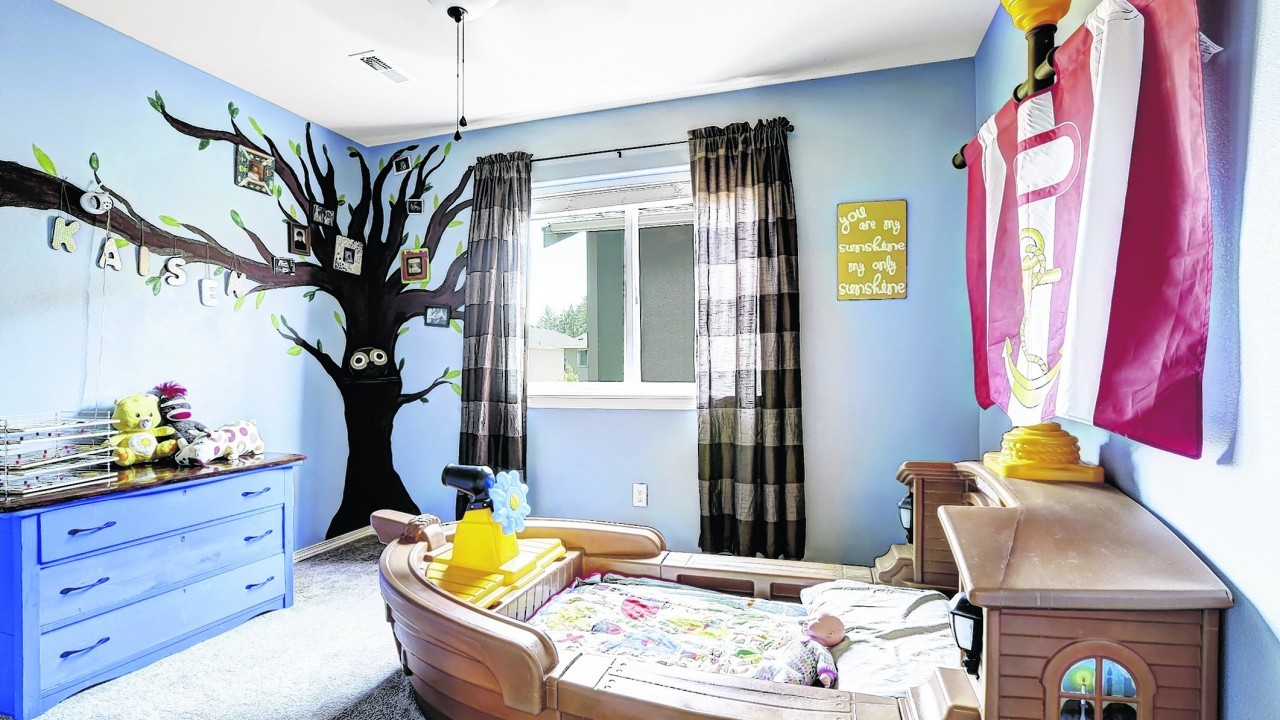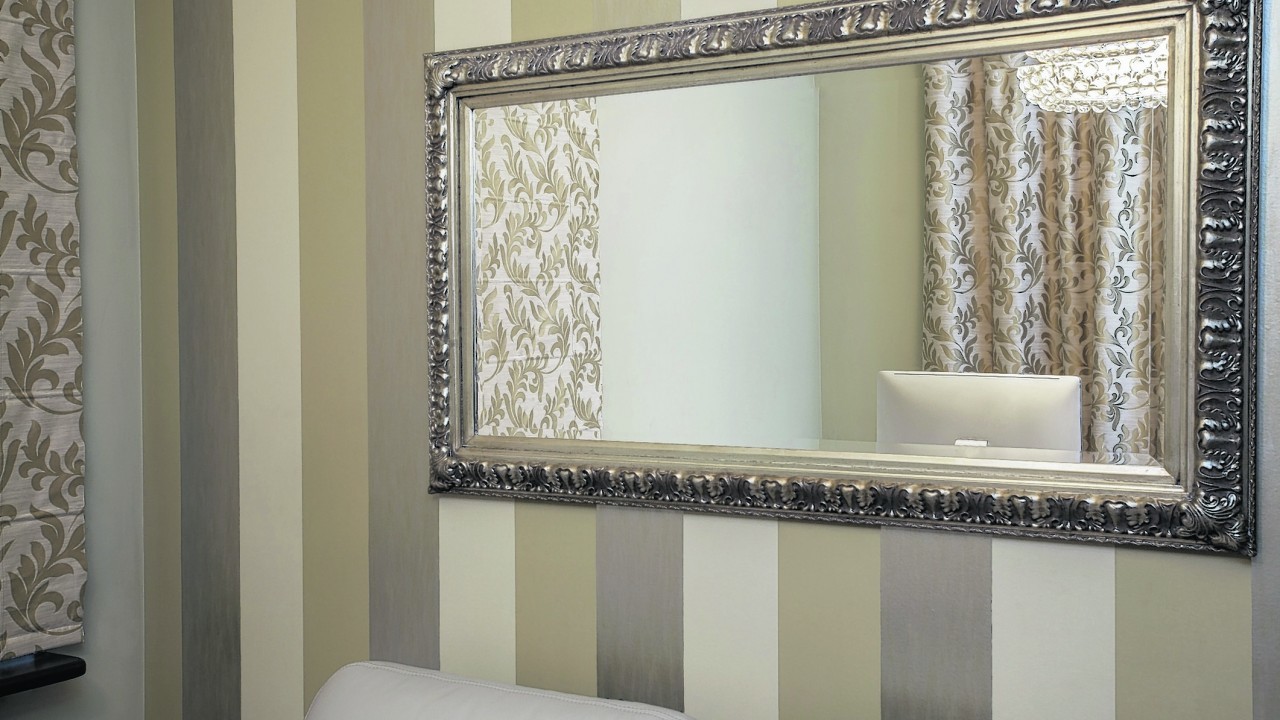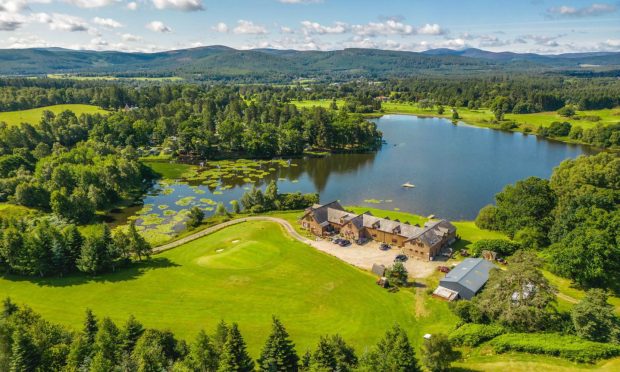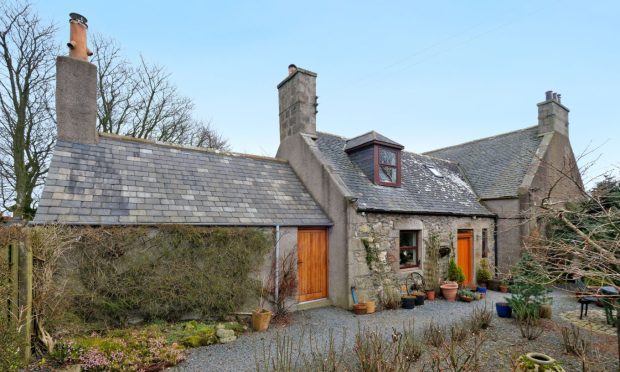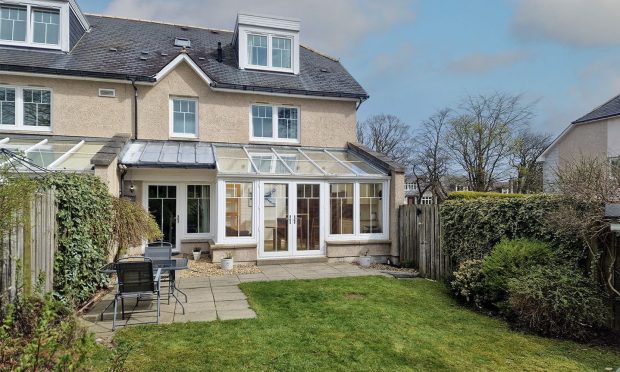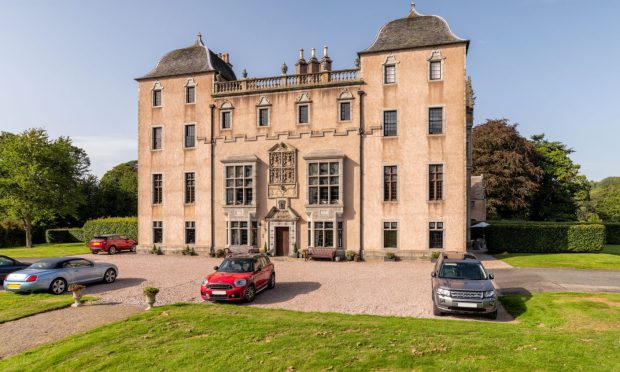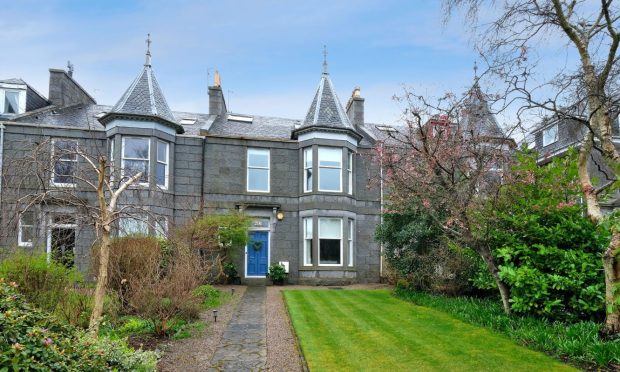A feature wall is a simple but effective way to give a room a focal point, creating a great new look without you having to decorate from scratch.
Here are five tips on how to achieve it:
1. You can create a feature wall in pretty much any room – chimney breasts, alcoves and walls behind beds, dining tables and sofas usually work well, but not all rooms have these obvious spots. That doesn’t mean it can’t still be an option though, you might just have to think more carefully about which is the best wall of the room to focus on – maybe you want to brighten up the darkest wall, or liven up a wall without any other in-built features on it.
2. Painted stripes look fabulous on a feature wall, but are fiddly, time-consuming and often frustrating to do properly. You need to use low-tack masking tape for adjoining stripes – and try a tester piece of tape first, in case it’s not as low tack as it claims to be. Alternatively, do freehand “rough” stripes with a paintbrush or roller and no tape – it’s much easier, but more of an acquired taste.
3. Wallpaper is another great way to create a feature wall – if you want stripes the easy way, buy a striped design. Feature walls enable you to enjoy patterned wallpaper without it overpowering the room or making it look too busy. You can even create a horizontal feature on all four walls by using wallpaper (or a different colour paint) between the picture rail and cornicing, between the picture rail and dado rail, or between the dado rail and skirting board.
4. Murals are similar to wallpaper, but usually depict a scene (a beach, cityscape, mountains, etc) or a large-scale design, such as typography or a map, rather than a more conventional pattern. Unlike wallpaper, which can be hung on as many or few walls as you like, a mural is usually designed to be used on just one feature wall.
5. Feature walls can be practical as well as pretty. For example, you can have a tiled one in a bathroom or shower room, and a chalkboard one in a kitchen or playroom. Chalkboard paints are available in different colours, so your feature wall doesn’t have to be black. If you’d prefer something less permanent, how about a chalkboard sticker? Wall stickers in general are fantastic for feature walls because they come in lots of different designs, colours and sizes, enabling you to create a unique look.
